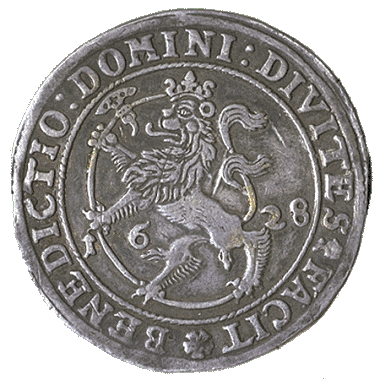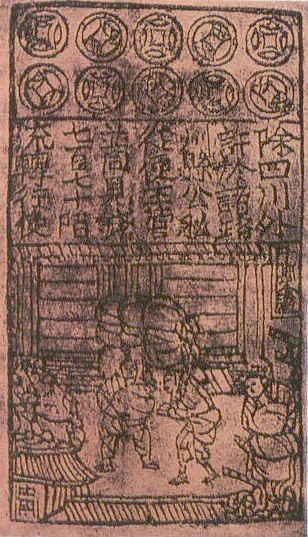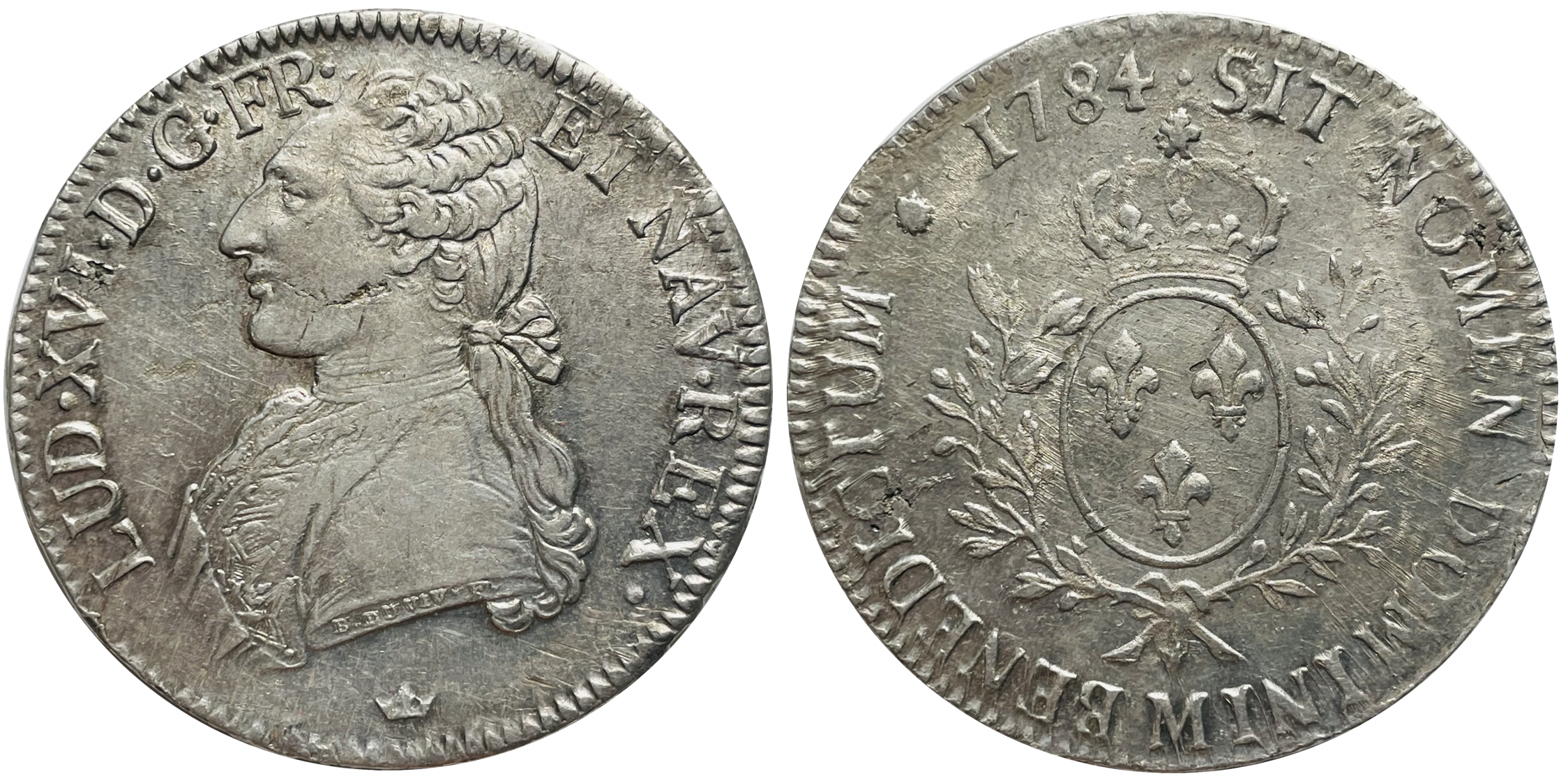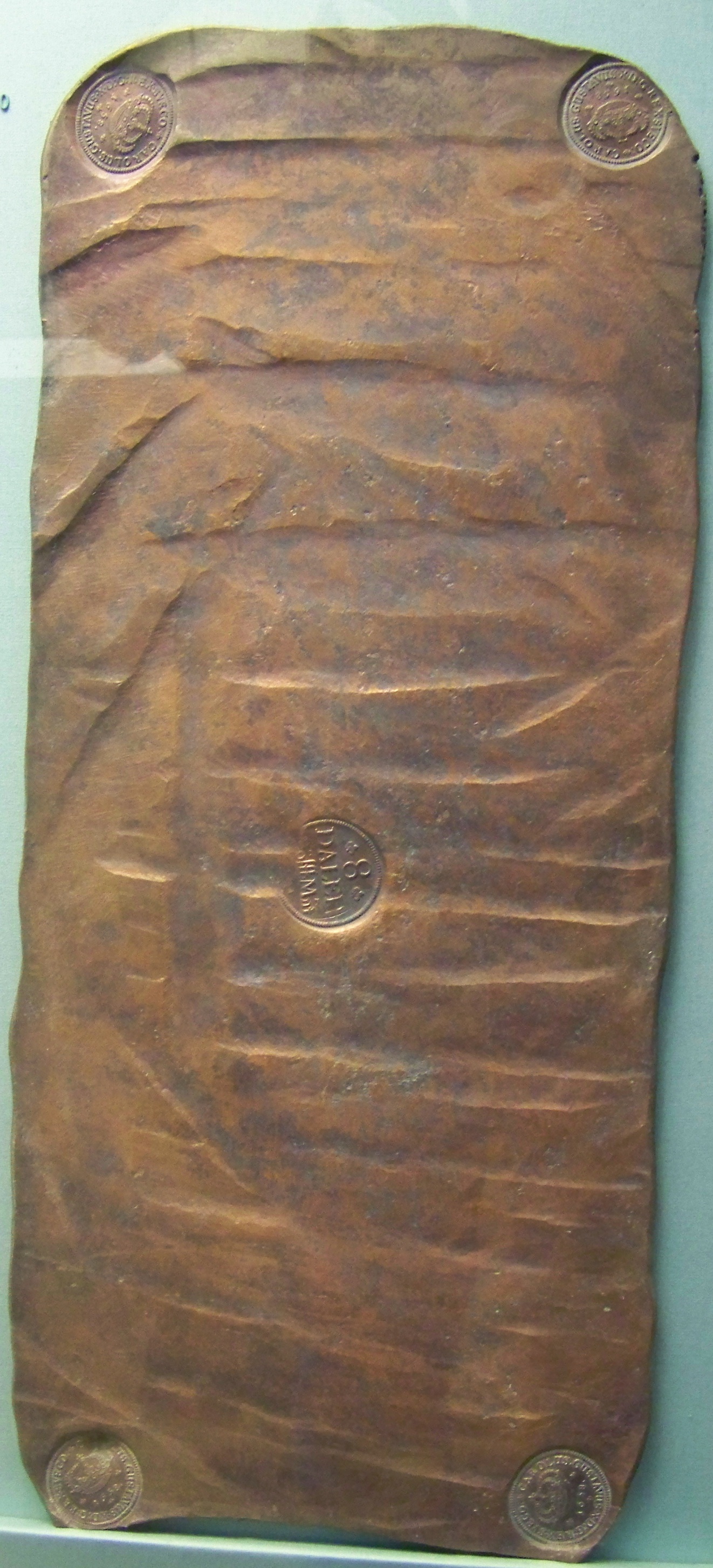|
Norwegian Rigsdaler
The rigsdaler specie was a unit of silver currency used in Norway from 1544, renamed as the speciedaler in 1816 and used until 1873. Norway used a common reichsthaler currency system shared with Denmark, Hamburg and Schleswig-Holstein until 1873 when the gold standard was implemented in Scandinavia and the German Empire. Rigsdaler specie The reichsthaler currency system used in Northern Europe until 1873 consisted of the silver Reichsthaler specie (''Rigsdaler specie'') worth 120 ''skillings'' in Norway and Denmark, and the lower-valued ''Rigsdaler courant'' worth th of specie or 96 ''skillings'' (both units worth 60 and 48 ''schellingen'', respectively, in Hamburg and Schleswig-Holstein). The Hamburg Bank equated 9 reichsthalers specie to a Cologne Mark of fine silver, hence 25.28 g silver in a ''rigsdaler specie''. Coins In the late 18th and early 19th centuries, coins were issued in denominations of 1, 2, 4, 8 and 24 skilling, , , , , and 1 rigsdaler specie. Banknotes In 16 ... [...More Info...] [...Related Items...] OR: [Wikipedia] [Google] [Baidu] |
Norway
Norway, officially the Kingdom of Norway, is a Nordic countries, Nordic country located on the Scandinavian Peninsula in Northern Europe. The remote Arctic island of Jan Mayen and the archipelago of Svalbard also form part of the Kingdom of Norway. Bouvet Island, located in the Subantarctic, is a Dependencies of Norway, dependency, and not a part of the Kingdom; Norway also Territorial claims in Antarctica, claims the Antarctic territories of Peter I Island and Queen Maud Land. Norway has a population of 5.6 million. Its capital and largest city is Oslo. The country has a total area of . The country shares a long eastern border with Sweden, and is bordered by Finland and Russia to the northeast. Norway has an extensive coastline facing the Skagerrak strait, the North Atlantic Ocean, and the Barents Sea. The unified kingdom of Norway was established in 872 as a merger of Petty kingdoms of Norway, petty kingdoms and has existed continuously for years. From 1537 to 1814, Norway ... [...More Info...] [...Related Items...] OR: [Wikipedia] [Google] [Baidu] |
Danish Rigsdaler
The rigsdaler was the name of several currencies used in Denmark until 1875. The similarly named Reichsthaler, riksdaler and rijksdaalder were used in Germany and Austria-Hungary, Sweden and the Netherlands, respectively. These currencies were often anglicized as rix-dollar or rixdollar. History Several different currency systems have been used by Denmark from the 16th to 19th centuries. The ''krone'' (lit. "crown") first emerged in 1513 as a unit of account worth 8 marks. The more generally used currency system until 1813, however, was the Danish ''rigsdaler'' worth 1 ''krone'' (or ''schlecht daler''), 6 marks, or 96 '' skilling''. The Danish ''rigsdaler'' used in the 18th century was a common system shared with the silver reichsthalers of Norway, Hamburg and Schleswig-Holstein. The currency system consisted of the Reichsthaler specie (''Rigsdaler specie'') worth 120 ''skillings'' in Denmark and Norway, and the lower-valued ''Rigsdaler courant'' worth th of specie or 96 ''ski ... [...More Info...] [...Related Items...] OR: [Wikipedia] [Google] [Baidu] |
1873 Disestablishments
Events January * January 1 ** Japan adopts the Gregorian calendar. ** The California Penal Code goes into effect. * January 17 – American Indian Wars: Modoc War: First Battle of the Stronghold – Modoc Indians defeat the United States Army. February * February 11 – The Spanish Cortes deposes King Amadeus I, and proclaims the First Spanish Republic. * February 12 ** Emilio Castelar, the former foreign minister, becomes prime minister of the new Spanish Republic. ** The Coinage Act of 1873 in the United States is signed into law by President Ulysses S. Grant. Coming into effect on April 1, it ends bimetallism in the U.S., and places the country on the gold standard. * February 20 ** The University of California opens its first medical school in San Francisco. ** British naval officer John Moresby discovers the site of Port Moresby in Papua New Guinea, and claims the land for Britain. March * March 3 – Censorship: The United States Congress enacts the ... [...More Info...] [...Related Items...] OR: [Wikipedia] [Google] [Baidu] |
1544 Establishments
__NOTOC__ Events January–March * January 4 – In India, Maldeo Rathore, King of Marwar (now part of the state of Rajasthan) is tricked by counterintelligence spread by Mughal Emperor and Afghan Shah Sher Shah Suri into departing from Jodhpur. The Battle of Sammel begins shortly afterward and is won by the Afghan and Mughal armies. * January 13 – At Västerås, the estates of Sweden swear loyalty to King Gustav Vasa and to his heirs, ending the traditional electoral monarchy in Sweden. Gustav subsequently signs an alliance with the Kingdom of France. * January 24 – During a solar eclipse visible over the Netherlands, Dutch mathematician and designer Gemma Frisius makes the first recorded use of a camera obscura and uses it to observe the event without directly looking at the Sun. Frisius writes about the event the next year and illustrates it in his book ''De Radio Astronomica et Geometrica'' (''Regarding rays of light in astronomy and geometry''). * ... [...More Info...] [...Related Items...] OR: [Wikipedia] [Google] [Baidu] |
Currencies Of Norway
A currency is a standardization of money in any form, in use or currency in circulation, circulation as a medium of exchange, for example banknotes and coins. A more general definition is that a currency is a ''system of money'' in common use within a specific environment over time, especially for people in a nation state. Under this definition, the Pound sterling, British Pound sterling (£), euros (€), Japanese yen (¥), and United States dollar, U.S. dollars (US$) are examples of (government-issued) fiat currencies. Currencies may act as store of value, stores of value and be traded between nations in foreign exchange markets, which determine the relative values of the different currencies. Currencies in this sense are either chosen by users or decreed by governments, and each type has limited boundaries of acceptance; i.e., legal tender laws may require a particular unit of account for Payment, payments to government agencies. Other definitions of the term ''currency'' appe ... [...More Info...] [...Related Items...] OR: [Wikipedia] [Google] [Baidu] |
Early Modern Currencies
Early may refer to: Places in the United States * Early, Iowa, a city * Early, Texas, a city * Early Branch, a stream in Missouri * Early County, Georgia * Fort Early, Georgia, an early 19th century fort Music * Early B, stage name of Jamaican dancehall and reggae deejay Earlando Arrington Neil (1957–1994) * Early James, stage name of American singer-songwriter Fredrick Mullis Jr. (born 1993) * ''Early'' (Scritti Politti album), 2005 * ''Early'' (A Certain Ratio album), 2002 * Early Records, a record label Other uses * Early (name), a list of people and fictional characters with the given name or surname * Early effect, an effect in transistor physics * Early, a synonym for ''hotter'' in stellar classification See also * * The Earlies, a 21st century band * Earley (other) * Earlie Earlie is a masculine given name which may refer to: * Earlie Fires (born 1947), American jockey * Earlie Thomas (1945–2022), American National Football League player * Earlie Endr ... [...More Info...] [...Related Items...] OR: [Wikipedia] [Google] [Baidu] |
Silver Coins
Silver coins are one of the oldest mass-produced form of coinage. Silver has been used as a coinage metal since the times of the Greeks; their silver drachmas were popular trade coins. The ancient Persians used silver coins between 612–330 BC. Before 1797, British pennies were made of silver. As with all collectible coins, many factors determine the value of a silver coin, such as its rarity, demand, condition and the number originally minted. Ancient silver coins coveted by collectors include the Denarius and Miliarense, while more recent collectible silver coins include the Morgan Dollar and the Spanish Milled Dollar. Other than collector's silver coins, silver bullion coins are popular among people who desire a "hedge" against currency inflation or store of value. Silver has an international currency symbol of XAG under ISO 4217. Origins and early development of silver coins The earliest coins in the world were minted in the kingdom of Lydia in Asia Minor around 60 ... [...More Info...] [...Related Items...] OR: [Wikipedia] [Google] [Baidu] |
Modern Obsolete Currencies
Modern may refer to: History *Modern history ** Early Modern period ** Late Modern period *** 18th century *** 19th century *** 20th century ** Contemporary history * Moderns, a faction of Freemasonry that existed in the 18th century Philosophy and sociology * Modernity, a loosely defined concept delineating a number of societal, economic and ideological features that contrast with "pre-modern" times or societies ** Late modernity Art * Modernism ** Modernist poetry * Modern art, a form of art * Modern dance, a dance form developed in the early 20th century * Modern architecture, a broad movement and period in architectural history ** Moderne, multiple architectural styles ** Modernisme a.k.a. Catalan Modernism * Modern music (other) Geography *Modra, a Slovak city, referred to in the German language as "Modern" Typography * Modern (typeface), a raster font packaged with Windows XP * Another name for the typeface classification known as Didone (typography) * Modern ... [...More Info...] [...Related Items...] OR: [Wikipedia] [Google] [Baidu] |
Swedish Riksdaler
The Svenska riksdaler () was the name of a Swedish coin first minted in 1604. Between 1777 and 1873, it was the currency of Sweden. The daler, like the dollar,''National Geographic''. June 2002. p. 1. ''Ask Us''. was named after the German Thaler. The similarly named Reichsthaler, rijksdaalder, and rigsdaler were used in Germany and Austria-Hungary, the Netherlands, and Denmark-Norway, respectively. ''Riksdaler'' is still used as a colloquial term for krona, Sweden's modern-day currency. History Penning accounting system The ''daler'' was introduced in 1534. It was initially intended for international use and was divided into 4 marks and then a mark is further subdivided into 8 öre and then an öre is further subdivided into 24 pennings. In 1604, the name was changed to ''riksdaler'' ("daler of the realm", cf. Reichsthaler). In 1609, the riksdaler rose to a value of 6 mark when the other Swedish coins were debased but the riksdaler remained constant. From 1624, dale ... [...More Info...] [...Related Items...] OR: [Wikipedia] [Google] [Baidu] |
Norwegian Krone
The krone (, currency sign, abbreviation: kr (also NKr for distinction); ISO 4217, code: NOK), plural ''kroner'', is the currency of the Kingdom of Norway (including List of possessions of Norway, overseas territories and dependencies). It was traditionally known as the Norwegian Crown (currency), crown in English; however, this has fallen out of common usage. It is nominally subdivided into 100 ''øre'', although the last coins denominated in øre were withdrawn in 2012. The krone was the thirteenth-most-traded currency in the world by value in April 2010, down three positions from 2007. The Norwegian krone is also informally accepted in many shops in Sweden and Finland that are close to the Norwegian border, and also in some shops in the Danish ferry ports of Hirtshals and Frederikshavn. Norwegians spent 14.1 billion NOK on border trade, border shopping in 2015 compared to 10.5 billion NOK spent in 2010. Border shopping is a fairly common practice amongst Norwegians, though i ... [...More Info...] [...Related Items...] OR: [Wikipedia] [Google] [Baidu] |
Union Between Sweden And Norway
Sweden and Norway or Sweden–Norway (; ), officially the United Kingdoms of Sweden and Norway, and known as the United Kingdoms, was a personal union of the separate kingdoms of Sweden and Norway under a common monarch and common foreign policy that lasted from 1814 until its peaceful dissolution in 1905. The two states kept separate constitutions, laws, legislatures, administrations, state churches, armed forces, and currencies; the kings mostly resided in Stockholm, where foreign diplomatic representations were located. The Norwegian government was presided over by viceroys: Swedes until 1829, Norwegians until 1856. That office was later vacant and then abolished in 1873. Foreign policy was conducted through the Swedish foreign ministry until the dissolution of the union in 1905. Norway had been in a closer union with Denmark, but Denmark–Norway's alliance with Napoleonic France caused the United Kingdom and the Russian Empire to consent to Sweden's annexation of the ... [...More Info...] [...Related Items...] OR: [Wikipedia] [Google] [Baidu] |









